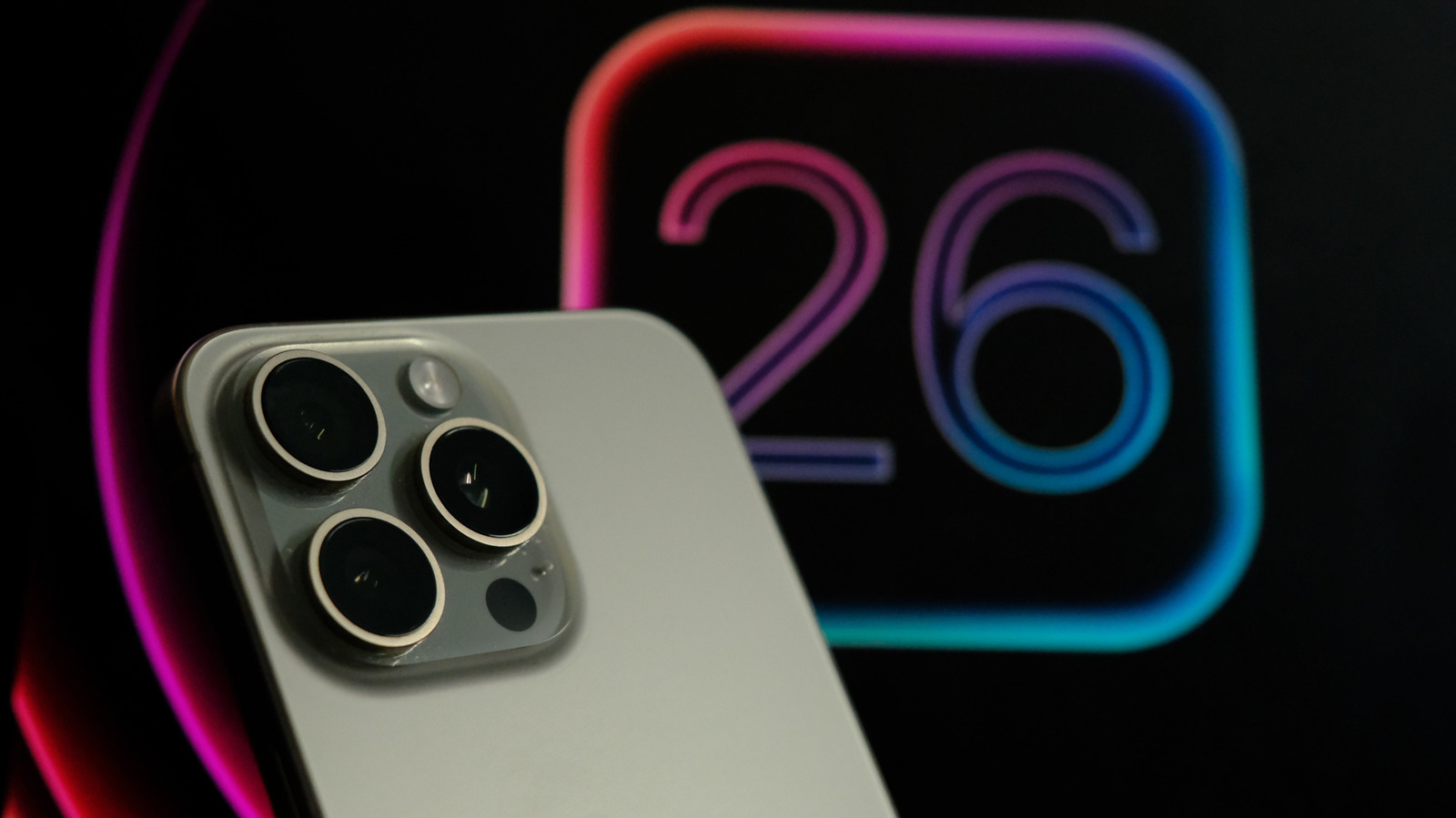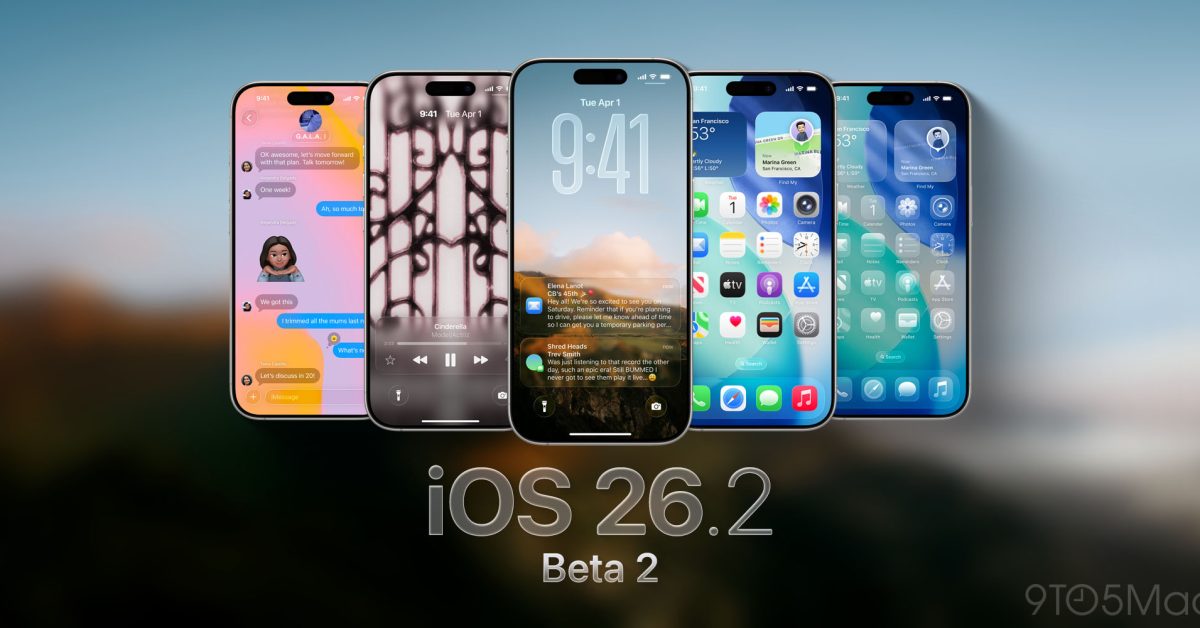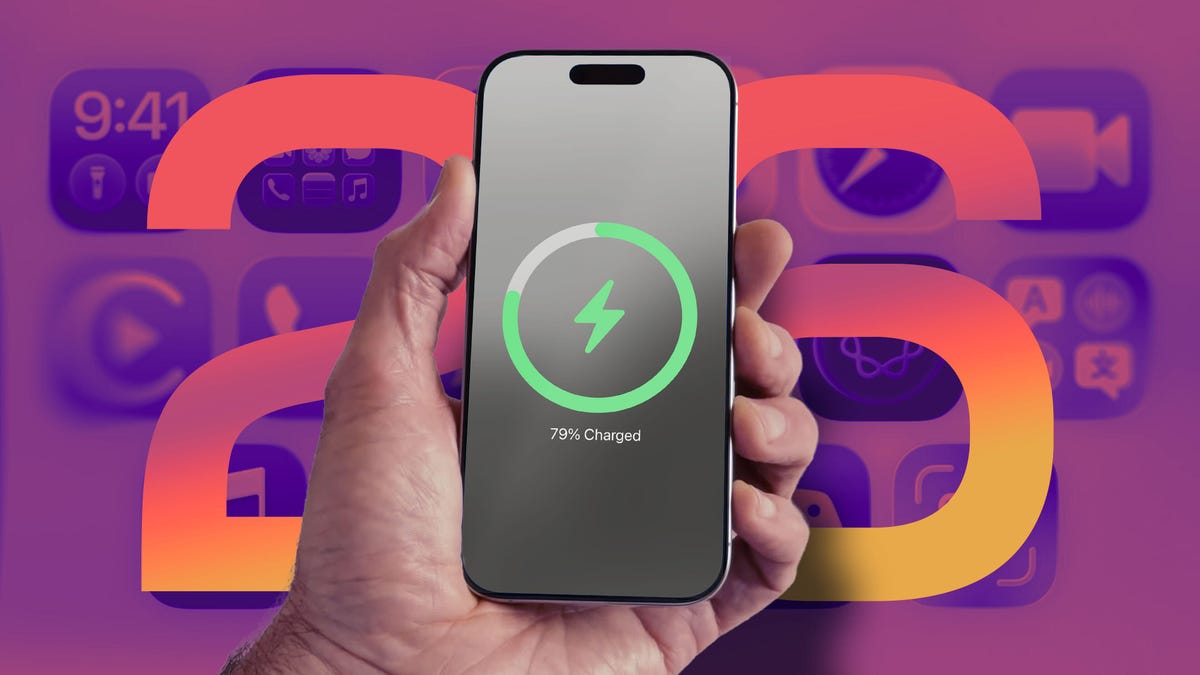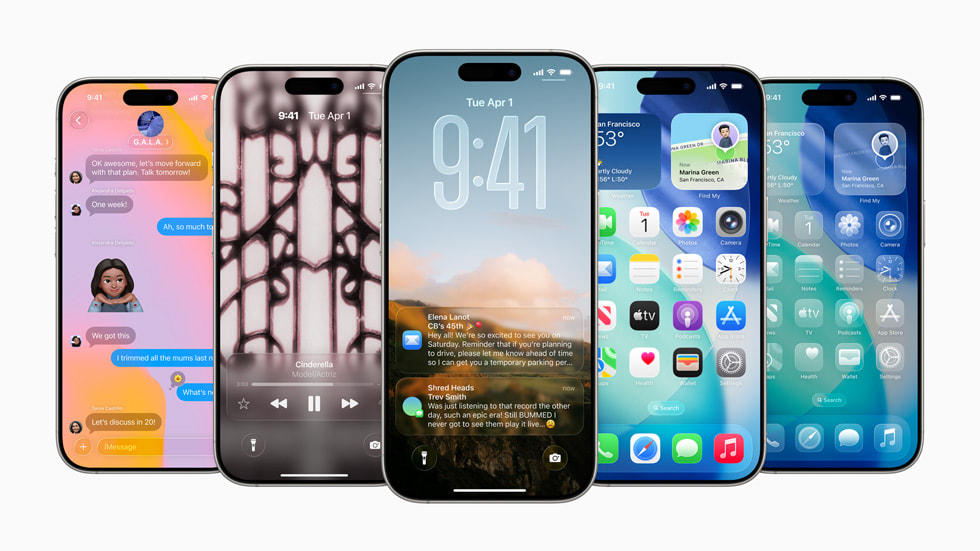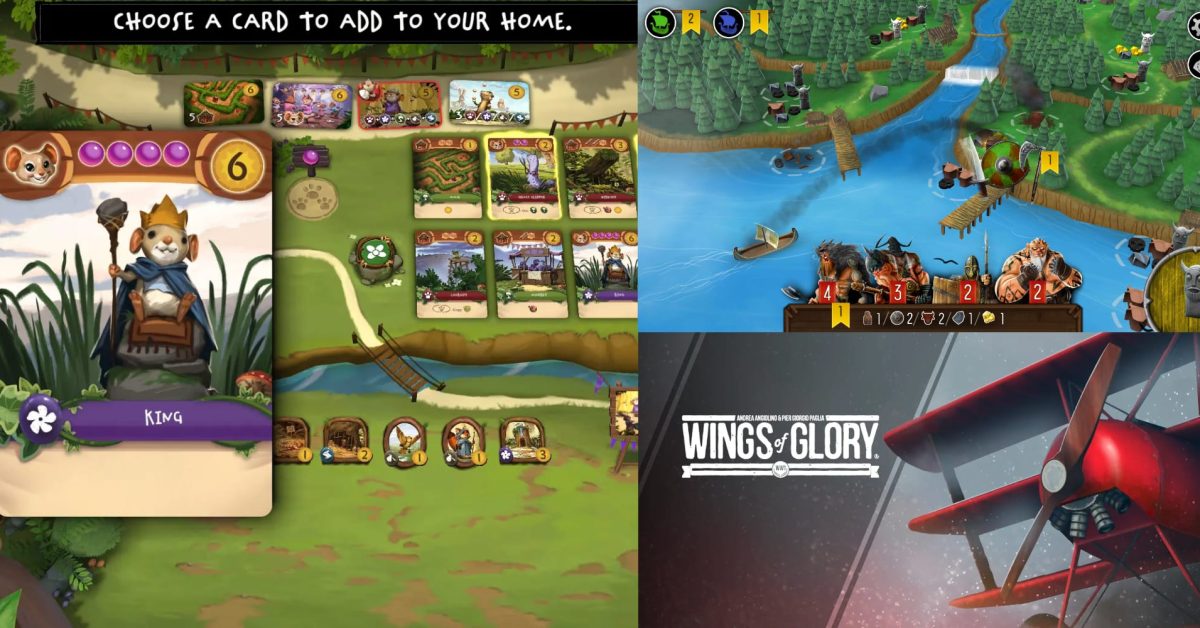Android and iOS are always pushing the boundaries of what’s possible to keep users interested and loyal to their favorite operating system (OS). But sometimes, some introduced features make you rethink whether your current platform of choice is the right one. New features from Apple, like these 11 iOS 26 features, may make even the most die-hard Android loyalists consider ditching their current operating system.
If you’re an Android user with a passion for videography, that temptation presents itself with Apple ProRes Raw, Open Door Recording, and the Final Cut app, among other reasons. With advanced features like that, some videographers might be tempted to ditch their fancy mirrorless camera altogether in favor of an iPhone 17 Pro Max. For everyone else, Apple’s continuity and seamless transition features make iOS a real temptation. Below are some of our top iOS features that make Android users question their choice.
Apple ProRes RAW
This feature may not matter to the vast majority of iPhone users unless they are professional videographers. For the small percentage that matters, this is a huge deal. Apple ProRes is available since the iPhone 13 Pro and Pro Max. The initial inclusion of ProRes was a significant upgrade for videographers wanting to retain as much color data as possible, allowing a greater degree of control when implementing color grading in post-production.
Apple ProRes Raw is a completely different beast. It records all sensor data while capturing footage, allowing the colors and white balance of recorded footage to be dramatically changed. Apple ProRes RAW, along with other RAW codecs like Blackmagic RAW, are important tools for videographers, which is why they are used on film sets. Do you need one to film short clips of your friend’s birthday party? No, probably not. But if you create content professionally, Apple ProRes RAW gives you plenty of leeway when publishing. Whether you got the lighting wrong or forgot to set the correct white balance, this feature can save you from a terrible editing experience.
Final Cut 2.0 Camera
Apple ProRes Raw on your phone is amazing for many reasons, but it’s useless unless you’re using the right app. The standard camera app on your iPhone doesn’t give you access to this cutting-edge feature, so you have to rely on something like Blackmagic Camera Or Final Cut 2.0 Camera. The former is also available for Android, but the latter is exclusive to iPhones. With this app, you can choose to record in Apple ProRes RAW or Apple ProRes RAW HQ, which is a higher quality version offering better image quality.
You also get open-door recording, a feature found on high-end cameras that uses the full size of the image sensor to increase the field of view, allowing more flexibility when cropping, cropping, or stabilizing images. Additionally, Final Cut Camera 2.0 features Apple Log 2, a recording format that allows for a wider dynamic range. Although the footage looks flat and gray, it can be corrected in non-linear video editing software like Final Cut with a LUT or color space transform. There’s even more to find in the app, making it a must-have for videographers.
However, it’s worth noting that recording footage in Apple ProRes RAW format requires an external storage device, so getting the 2TB iPhone 17 Pro Max won’t do much except decrease your bank account. That’s one reason why external storage is on our list of surprisingly useful USB-C iPhone accessories.
Seamless transition between devices
The way Apple devices work together makes investing in the ecosystem seem like a worthwhile, albeit expensive, decision. Apple’s Continuity features make it possible to work seamlessly across different devices. With AirDrop, you can share content between your MacBook and iPhone, like photos and contacts, as well as copy text or images on one device and paste them on another. If your iPhone is out of range in another room, you can take control of it with your Mac, allowing you to see all the notifications that come to you, and you can also take phone calls from your Mac.
MacBook users who need more space to work can use an iPad as a second screen, a feature that should appeal to photographers and videographers. Webcam Continuity is another important feature that leverages your iPhone as a webcam for your Mac, which we’ll dig into later.
Apple TV Remote
The Apple TV is a great streaming box with a smooth user interface that makes finding your favorite shows incredibly easy, and it’s made even better with these 5 Apple TV accessories. Like any TV solution, it presents a major problem: the remote control is always lost. You can paste a Tile sticker on it to make it easier to find, or you can make it easier by using your iPhone to control the Apple TV.
To do this, open your iPhone’s Control Center by swiping down from the upper right corner of the screen. Tap the icon that looks like an Apple TV remote, select the Apple TV you want to control if you have more than one, and start controlling the device with your phone. You may need to enter the four-digit code that appears on the Apple TV on your iPhone to activate it, and if you’ve never done it before, you’ll need to add the Apple TV Remote to your phone, but you shouldn’t have to do this more than once.
Controlling the Apple TV with your iPhone is a lifesaver when you don’t know where the Apple TV Remote is, but its use case is even better. You can use your iPhone to enter or paste passwords on Apple TV. For those with long, complicated passwords, this feature often comes in handy, especially when purchasing apps or renting content. The feature also works well for searching for movies or TV series.
Continuity webcam
Not all webcams perform the same, especially in low light conditions. While there are many great webcams out there, you can avoid spending money on a high-end webcam and just use your iPhone. This only works on Macs, but if you have one and an iPhone, it’s a no-brainer. The feature is called Continuity Camera. To enable it, both the iPhone and Mac must have Wi-Fi and Bluetooth enabled, and you must be signed into the same Apple account on both devices.
To enable it, go to the Settings app on your iPhone, go to AirPlay & Continuity under General and enable Continuity Camera. You can connect the camera to the Mac with a cable, but Continuity Camera works wirelessly, so that’s really not necessary. On your video conferencing app of choice, such as FaceTime or Zoom, open the camera settings and select your iPhone as the camera. The next time you log in for a video call, it will seem like you have a mirrorless camera as your webcam.
The difference between your MacBook’s webcam and the continuity camera running on your iPhone is truly night and day, and even more so if you own a newer iPhone with a higher-end camera. Although you can do something similar with an Android phone, the iPhone version is wireless, which puts it in a class of its own.






